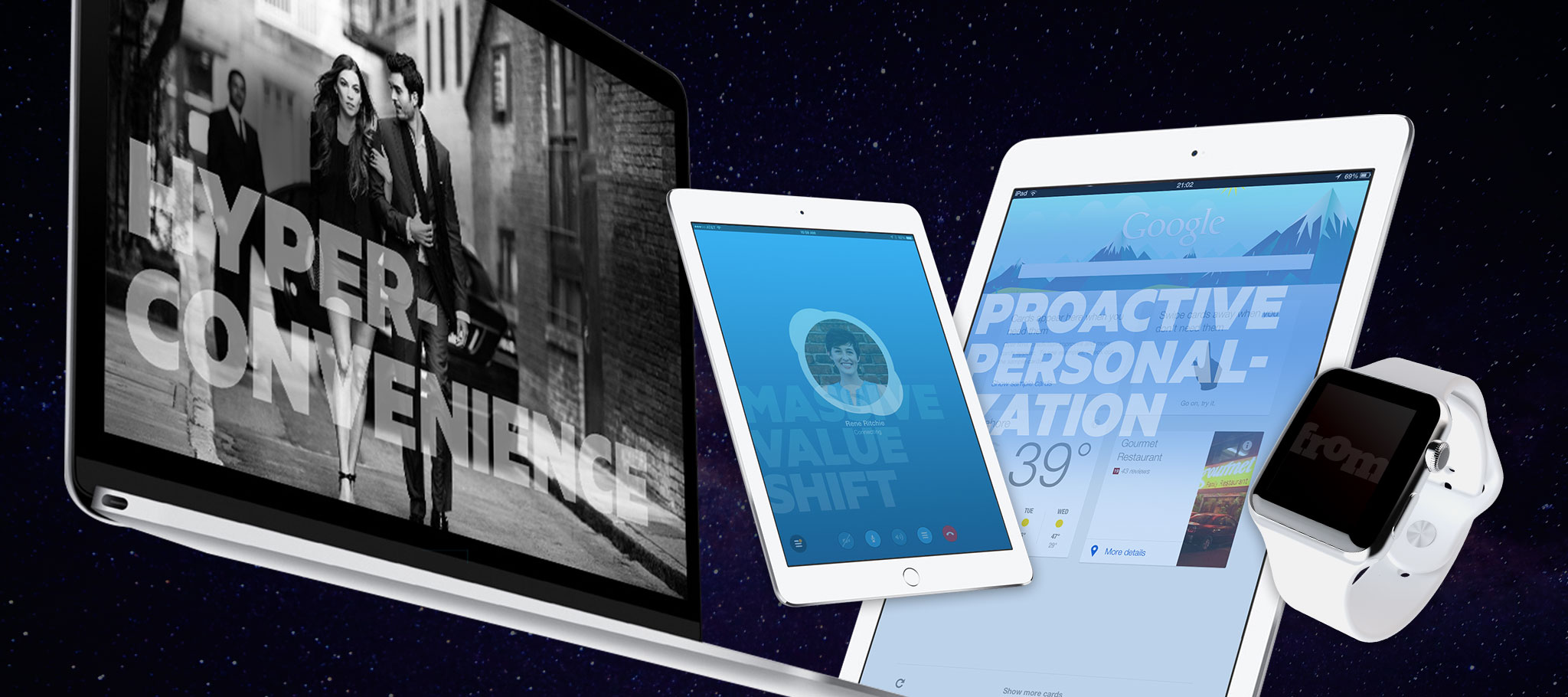
Three Characteristics of a Truly Digital Business
Everyone has an app. But the companies that are dominating in the mobile space don’t stop at offering an app; rather they have engineered their value proposition to be truly digital.
If your company was born before the digital era and is still working on the transition to the digital world, it’s helpful to consider what the key characteristics are of those companies that are truly digital and who are thriving in this new world — companies such Amazon, Google, Netflix, Uber, Skype, Apple, eBay or Airbnb.
There are three fundamental characteristics that are common, to varying degrees, across all successful digital brands.
Hyper-convenience
Uber taught us that the “inconvenience” of taking 30 seconds to pay the driver when you arrive at your destination could be eliminated. Amazon Dash allows us re-order detergent with the push of a button. Netflix auto-starts the next episode of House of Cards so you can binge watch for hours without lifting a finger. Digital leaders provide what we want when we want it, where we want it. They obsess over removing every little bit of unnecessary effort by the consumer that they possibly can.
Hyper-convenience isn’t just about process. It also means making it easy to see, understand and engage with everything your brand has to offer. Uber offers all its different services from basic cars to town cars to delivery all within the same app and the same interface. Netflix is available on just about every platform known to man from Smart TVs to computers to phones to watches, and a quick login anywhere connects you to massive volumes of content.
Proactive Personalization
Companies that put digital at the center of what they do know where their customers are right now, what they are likely to want, how they prefer to pay and who they might want to include. Customers accept that the delivery of product recommendations based on past purchases and browsing history is a basic aspect of the relationship between them and the digital brands they engage with. Google is mastering this. Google Now notices the address for your next calendar appointment, checks traffic based on where you are at the moment and alerts you when you need to leave to be on time. Gmail suggests other people you might want to address your email to based on the subject and past groupings of recipients. And Google Search modifies your search results based not only on your current location but past searches and past browsing behavior.
Massive Value Shift
Lastly, digitally-centric players drive massive shifts in the value equations of their industry. Most digital leaders are not offering something fundamentally new, but replacing a “pre-digital” way of doing things. Netflix replaces the video store. Uber replaces the taxi. Amazon replaces the mall. Skype replaces the telephone. And Google Search replaces the librarian.
But in each case, they have dramatically shifted the value equation. Skype took long distance and made it free or at worst a penny per minute. Netflix made massive libraries of videos available for $8 a month. Google’s range of services provides tremendous value and are not only free, but the breadth of their capabilities exceeds the capacity of more than one thousand libraries. Similarly, Amazon provides more scale than most malls, free shipping and, in many cases, lower prices. Digital winners present what are fundamentally “better deals” to the customer. And how are they able to do that? Generally, by the efficiencies, they get from digital technology combined with the scale that the reach of digital enables them to achieve.
Its often challenging for “legacy” companies to compete in these three categories due to a combination of factors including resistance to change, dependence on classic business models, and IT systems that are simply not capable of delivering an elegant, digitally-centric experience. In fact, many legacy companies might not make it, as we see great retailers like Sports Authority go out of business and others like Macy’s and Sears shut hundreds of stores. At the same time, there are companies like Walmart, Delta Airlines and Verizon (a former crusty “Ma Bell” company) who are using digital to fundamentally transform the ways in which they meet their customer’s needs.
In the end, the ability for any company to adopt a truly digital approach to their business is contingent on how they respond to two questions: where does your company stack up and which of these areas do you need to focus on the most in 2017?